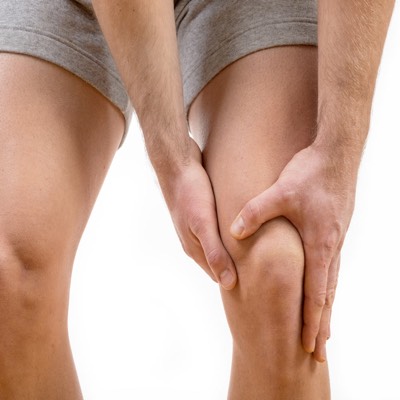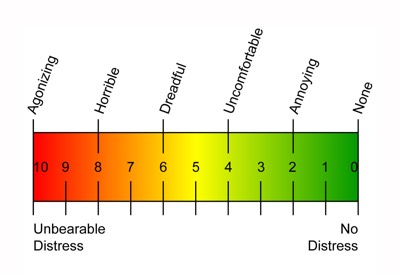Clinical Study Of Laser Therapy on Chronic Joint Disorders?

Chronic joint disorders are common. It is estimated that 4 in 10 people over the age of 40 suffer from pain and restriction from one or more damaged joints. Chronic joint disorders include pain and disability from any joint in the body lasting 6months or more. They constitute degenerative or osteoarthritic joints, post surgical pain and restriction in one or more joints and the long term effect of injury to one or more joints.
In 2003 a Swedish team at the University of Bergen led by Jan Bjordal set about evaluating all studies previously published on using low level laser therapy on long term joint disorders.
They evaluated 88 randomised controlled trials of which 20 involved chronic joint disorders. Of these 20, 6 where excluded as they did not appear to irradiate the joint capsule.
The remaining 14 randomised and controlled studies included laser therapy to the thumbs, knees, jaw, neck and lumbar spine. Of these 14, 6 were removed because the dosage given was outside of the optimum effective dosage range.  The remaining 8 studies were high caliber, chronic joint disorder studies, irradiating the joint capsules at an optimum dosage.
The remaining 8 studies were high caliber, chronic joint disorder studies, irradiating the joint capsules at an optimum dosage.
The outcomes measured included pain levels, recorded using a visual analogue scale (VAS) and global health status. Improved global health status which was defined as: “improved”; ”good”; ”better”; ”much improved”; ”pain-free”; ”excellent”.
The total number of patients studied was 695. Some of these received actual treatment and some received a ‘sham’ laser treatment. The treatments were administered from once per day to once per week, depending on the trial.
Long Term Pain Relief Reported From Laser Therapy
An average reduction in pain of 46% was reported across the 8 studies. 6 trials employed a follow-up measurement of at least weeks after the final treatment. Of these 5 studies demonstrated pain relief remaining at 3 weeks post treatment. Two trials, that administered intensive daily treatments, showed pain relief last 4 – 6 months after treatment.
Side Effects of Laser Therapy
Of the 8 studies evaluated no side-effects were reported, except in one study where 1 person in the laser therapy group and 1 person in the ‘sham’ laser therapy group report a transient adverse effect.
Global Health Status Improvement with Laser Therapy
It has long been known that laser therapy can have far reaching systemic health benefits. These benefits may be due to the blood cells, both red and white getting irradiated with the laser light, increasing their function in both oxygen carrying capability and immune function. Six trials recorded global health status. The pooled estimate of the beneficial change in health status was significant in the laser therapy groups, opposed to the ‘sham’laser therapy group.

The Future of Laser Therapy For Treatment of Chronic Joint Degenerative Disorders
Laser therapy at a therapeutic dose can improve pain scores both during the course of treatment and for a significant time after which suggests a level of actual tissue healing to the degenerative joint and not only pain relief. We can also conclude that positive health effects throughout areas and systems of the body not irradiated are apparent from laser therapy.
Laser therapy is a non-invasive treatment with no apparent side effects that can produce significant pain reduction in the short and long term for those people suffering from chronic joint degenerative conditions. For this reason it is reasonable to suggest that laser therapy be a reasonable treatment choice to pursue before other invasive techniques involving injections or surgery.
References
1. A systematic review of low level laser therapy with location-specific doses for pain from chronic joint disorders. Jan M Bjordal, Christian Couppé, Roberta T Chow, Jan Tunér, Elisabeth Anne Ljunggren
